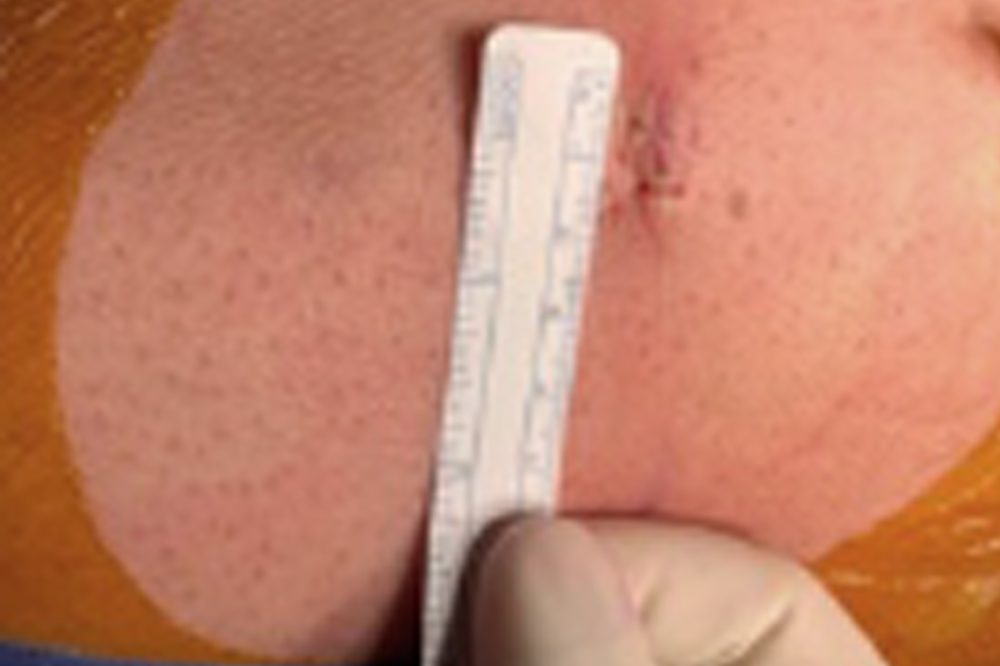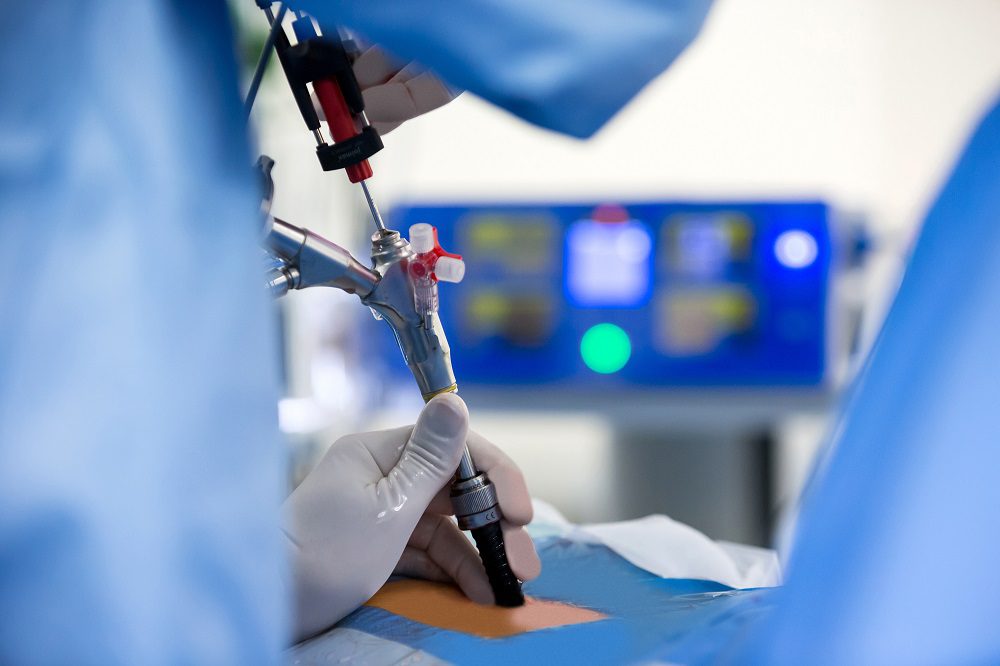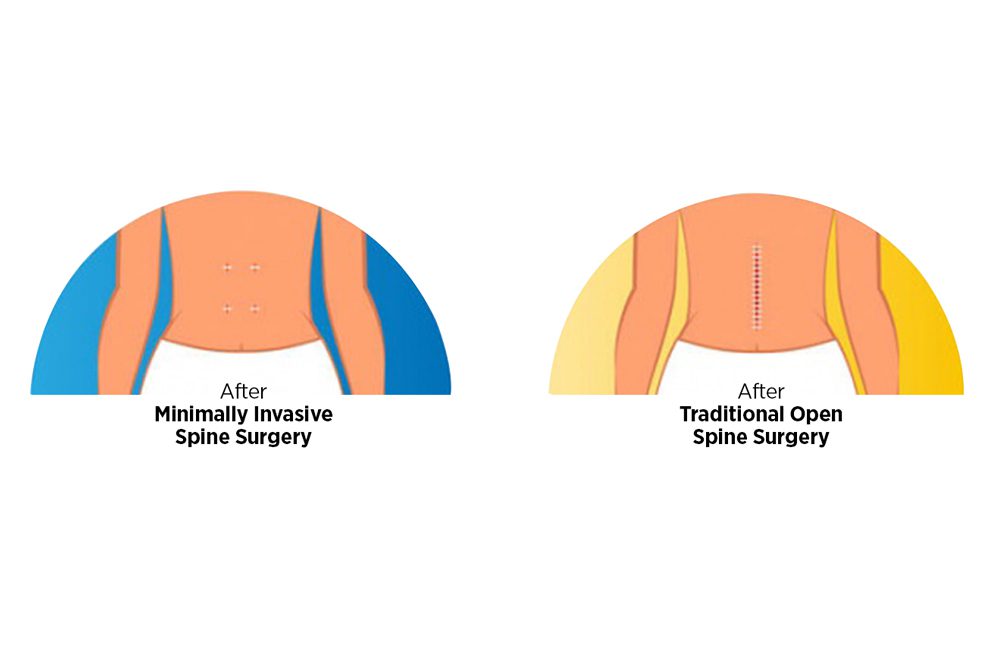EXPLAINING MINIMALLY INVASIVE ENDOSCOPIC SPINE SURGERY
Treating severe Femoralgia can be achieved using a procedure known as Endoscopic Spine Surgery, which is a State-of-the-art minimally invasive spine surgery system that has revolutionized the treatment of spine disorders (all levels). It utilizes small tubes through millimeter long skin cuts, assisted with a high-definition camera (called as Endoscope) for vision.
The patient faced severe Femoralgia right with hip flexion weakness due to herniated disk/HNP L4-3 right far laterally. Patients who undergo minimally invasive spine surgery (also sometimes referred to as less invasive spine surgery) tend to recover much faster than those who have an open spine surgery. Many people who have undergone minimally invasive spine surgery-endoscopy will be able to return to normal activities in approximately six weeks.
It is done either using an interlaminar approach or percutaneous transforaminal approach. A single stab incision is taken and a 4 -3.5mm endoscope is inserted at the pathological level. Whole surgery is done through this endoscope with visualization on a high-definition TV. Transforaminal approach can be done under local anesthesia. Patients are discharged the same day.
Endoscopic Spine Surgery is a keyhole surgery mainly used to treat slipped discs. Other conditions like spinal stenosis, facet rhizolysis and spinal fusions are also treated using endoscopic techniques.
Advantages:
- Stab incision, reduced pain, faster recovery,
minimal blood loss, reduced infection risks - Stitch-less surgery, cosmetically appealing
- Muscle dilating
- Can be done under LA
- No bone removal
- Day care procedure hence - Reduced hospital
costs - Results equivalent to tube surgery
- Minimal chances of dural tear
Why is Endoscopic Spine Surgery preferred over other procedures?
While using an endoscope, we can do it without disrupting all that muscle, without removing all that bone. Ultimately, it means smaller incisions, less muscle cutting, less muscle back pain, faster recovery after surgery, and better long-term outcomes with surgery.
Benefits of Minimally Invasive Endoscopic Surgery:
Less scarring and better cosmetic results due to smaller incisions. Reduced pain postoperatively. Reduced risk of infection. No muscle cutting required.



About Valiant Clinic & Hospital
LEARN MORE ABOUT OUR ORTHOPEDIC DEPARTMENT
Our Orthopedic Clinic in Dubai diagnoses and treats conditions related to bones and joints, including the spine, knee, hip, shoulder hand and wrist. The bone & joint centre is staffed by a team of western board-certified orthopedic surgeons and specialists in patient care and orthopedic surgery who specialize in everything from hand and wrist surgery to advanced joint replacement and spine surgery.



